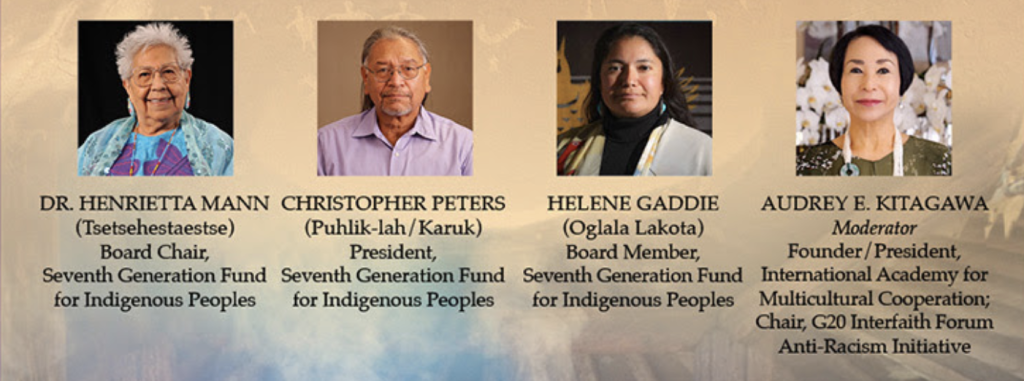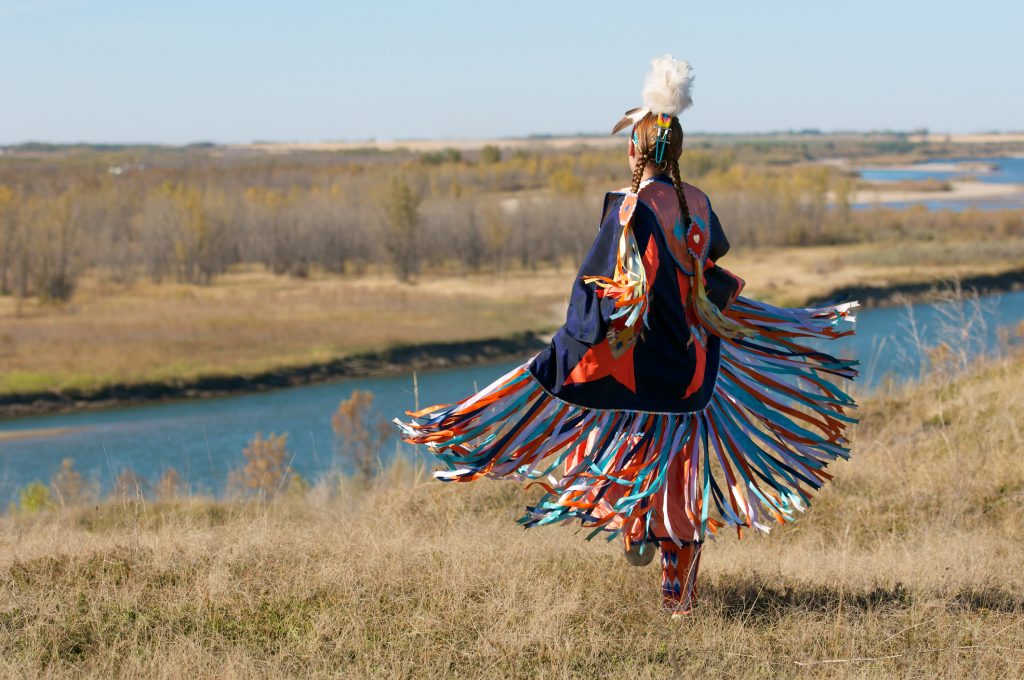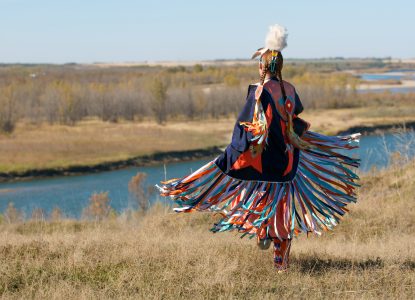By JoAnne Wadsworth, Communications Consultant, G20 Interfaith Forum
– – –
On March 16, 2023, the G20 Interfaith Forum’s Anti-Racism Initiative, in cooperation with the International Academy of Multicultural Cooperation and the Seventh Generation Fund for Indigenous Peoples, held an exclusive preview showing of a new film entitled “Time of Prophecy: Walking in the Prayers of Our Ancestors” in advance of its premiere at the United Nations Permanent Forum on Indigenous Issues (UNPFII) in April. The preview showing was followed by a panel discussion on the issues in the film.
Speakers included Dr. Henrietta Mann (Tsetsehestaestse Cheyenne), Board Chair at the Seventh Generation Fund for Indigenous Peoples; Helene Gaddie (Oglala Lakota), Board Member of the Seventh Generation Fund for Indigenous Peoples; and Brian Monongye (Hopi), Board Member of the Seventh Generation Fund for Indigenous Peoples. Audrey E. Kitagawa, Founder/President of the International Academy for Multicultural Cooperation and Chair of the G20 Interfaith Forum Anti-Racism Initiative, moderated the discussion.

Kitagawa began the discussion by briefly introducing the film, highlighting its upcoming world premiere at the UN in New York City on April 20th. She also introduced the Seventh Generation Fund and its work, and each of the speakers present for the preview showing. Then the film, which runs approximately 30 minutes, was played for all in attendance.
After the film, each of the panelists were invited to share insights and reflections on the film’s theme, which focusses on the relationship between indigenous peoples and Mother Earth.
Dr. Henrietta Mann
Mann focused her comments on the edict that human beings received to keep Mother Earth company and protect her, according to Cheyenne creation stories. She said that we as “the two-legged walkers” have not been kind to our Mother, and that we are now living in days prophesied in Cheyenne legend.
The Cheyenne people were told that their future would change when strangers came to them from the direction the sun rises, bringing many strange things, taking their land, and taking their children.
“It makes me fear for our grandchildren, seeing that what has happened to this land has taken place in only 531 years since 1492. It saddens me to see that we have desecrated and violated this first mother of ours in ways that pose challenges for our grandchildren and great grandchildren.”
Helene Gaddie
Gaddie said that more often than not, it is indigenous people who put themselves on the forefront and fight for Mother Earth, making sure that preservation takes place because of their “historical DNA” and the teachings of their ancestors. Whenever mining issues, environmental issues, racial inequality, etc. come up in the news, she said you will see indigenous peoples at the forefront.
“We live by the teachings of the Earth, and when we start to see ecosystems and species as relatives instead of objects—when we think of the universe as our family—we start to understand and have respect for that. We pray for Mother Earth. We pray for healing, for preservation. And now we have to remember our prayer, ask our elders and ancestors for guidance in walking on the Earth, and help our young people be better connected so they can learn these teachings and be better ancestors themselves.”
Brian Monongye
Monongye focused his comments on indigenous populations and their calls to be stewards of the land. He said that according to legend, indigenous peoples were told at the creation to go to their respective locations and learn about the environments there so they could be experts and stewards of those lands.
“The times of prophecy we were warned about are here—so as indigenous peoples, how are we going to carry ourselves forward in the next 50, 100, 500 years in order to fulfill those instructions we were given at the beginning of time? Many of us have forgotten how to live in this world. We must not forget about our lives and teachings.”
He said that during Hopi ceremonies and social gatherings, an emphasis is put on conducting oneself in the right way because we “carry the world in the palm of our hands.” Hopi teachings understand that what we do resonates to the rest of the world, so if indigenous people allow their thoughts, minds, and hearts to be polluted, the rest of the world will feel those effects.

Q&A Session
What is the cultural significance of Bear Butte to the Cheyenne people?
Henrietta Mann:
Our teachings come from within that mountain, and it consequently represents the spiritual center of our world. Our ceremonies and laws and values came from that mountain, and we call it “The Teaching Mountain.” It is a sacred site where we go to pray, make offerings, strengthen our identity, and pray for the earth and all life.
What is the cultural significance of the Black Hills?
Helene Gaddie:
They are everything that is. At certain times of year, before all the fences and roads, the buffalo would go to different sacred sites at different times. When we go to the Black Hills, we know we’re home because our creation stories share that that’s where we come from.
It’s important to find ways to protect the Black Hills, to teach our youth about the different sacred sites within them, and to follow our life according to the Lakota calendar and make offerings at those sites for our people. When we’re thinking about the western science portion of it, there are different minerals there that are wanted for the economy. But that’s what makes it special there and that’s why we must protect it.
As indigenous tribes that were uprooted and displaced, how can reconnection to the sacred lands of our ancestors take place?
Helene Gaddie:
Go there! You have a right to go to those locations and pray. When you do, you might be met with racism, but know that you have that connection and be proud of it.
What is your own experience with climate change and water as it relates to the messages in the film?
Brian Monongye:
The Hopi are an agrarian people, so our way of life consists of farming in a dry and arid environment. Water is very special and our religion is based on the need for it. We are all just “walking clouds” in Hopi tradition. Even our bodies are certain percentages of water. This is why we invite anyone and everyone to watch our ceremonies, because each person represents a different cloud gathering in, answering a prayer for water.
Can you briefly describe some more Cheyenne prophecies?
Henrietta Mann:
We live in the time foretold by the prophecies brought to us by Sweet Medicine out of Sacred Bear Butte. One that scares me is that he said the earth would burn. He also said there would be some of us that would sit in the corner of our homes, cover our heads with blankets, and not do anything but be frightened in these times. I would hope we would be more proactive. We have to remember this relationship to one another and to the earth. We, like a plant, have spiritual roots, and we must strengthen them in order to restore that love for earth that is so necessary today.
Concluding Remarks
Henrietta Mann:
I want all of us to walk softly and gently, as well as lovingly and respectfully, upon this earth that we call home—and to be loving, respectful, and kind to those generations who have yet to walk on this earth and who will inherit it from us. We must maintain our responsibilities to one another.
Helene Gaddie:
Always be mindful when you’re doing anything. Remember who you are, where you come from, your teachings. Think about the products you use. Think about what your ancestors would do. Ask yourself what you’re doing to create a better way for those who will come after. Who do you answer to? When we leave this physical form, how are we going to answer for the decisions we make while we’re here?
Brian Monongye:
Figure out where you come from. Delve deeper into these teachings of how to live on the earth and connect with the Mother. Continue to put your hands in the ground. Garden. That’s one of the ways you can maintain that connection. Learn to grow your own food and secure your own water. Think about what you’re doing to where you’re living on a daily basis, and how it’s going to affect the future. Everything we say and do has a consequence.
Kitagawa concluded the discussion by thanking the panelists and all others who shared their wisdom in the film.
“You’ve provided us all with guidance on how our sacred connection to Mother Earth can be healed by reexamining our values and learning from indigenous teachings. May the wisdom of indigenous peoples flourish so that we can learn to protect the earth and help her to bloom for future generations.”
– – –
JoAnne Wadsworth is a Communications Consultant for the G20 Interfaith Association and acting editor of the “Viewpoints” blog.


